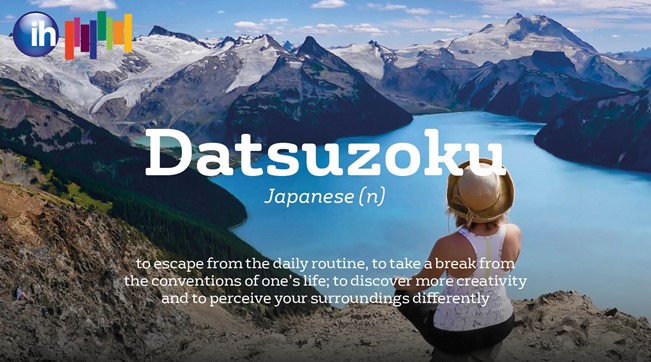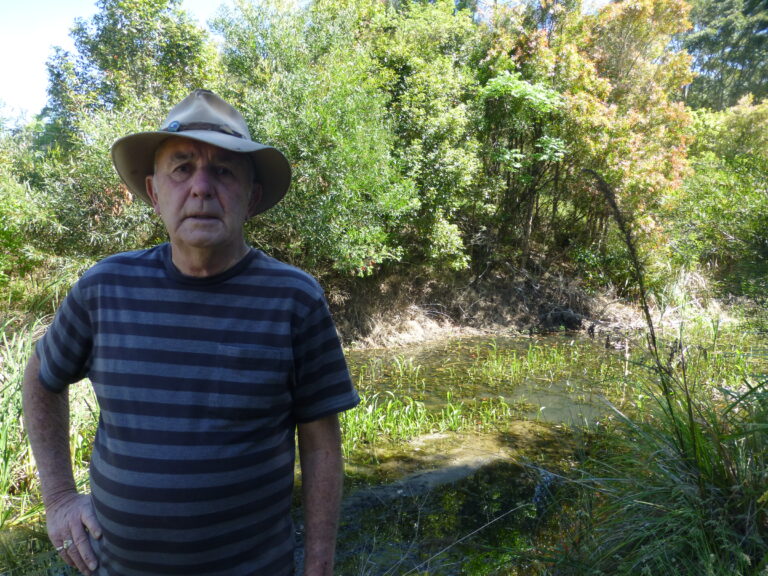PICTURE: Time for some down time. Source: Internet search
When nothing is something worth doing
Subtraction and multiplication at Munibung Hill
WHAT ISN’T THERE can often surpass what is, is Law no.1 of 6 laws, writes Matthew e. May in The Art of Subtraction.
Doing something isn’t always better than doing nothing is Law no.6. These and the other four Laws can all be found in abundance at Munibung Hill.
‘Doing nothing can actually end up being a better option than doing something,’ says May. p 179
The how and why of doing less, in the case at Munibung Hill, involves stepping out of our normal busy routine to do nothing. Nothing more than take time out on a walk or jog along a track at Munibung Hill.
The classic do nothing story of a 26 year old Albert Einstein takes the cake. The Monkeys song Daydream Believer comes to mind.
The very act of subtraction, of getting out of the way to take time out at Munibung Hill has by extension another effect – multiplication. This multiplication of benefits that we know can be derived from nature and bushwalking in particular. We get to observe and appreciate there’s a lot of something going on – the insects, the fungi, the birds, are all going about their lives and providing gifts of happiness and pleasure for us when we select ‘nothing but take notice’ from the menu of options.
So what is the basis for this kind of thinking? According to May, we need to check in on some Zen principles. Of particular interest is Datsuzoku – to escape the daily routine. p 191. Follow this up with the Zen principle of Seijaku (say-JAH-koo) – ‘tranquillity’ or an ‘energised calm’.
It all adds up to: the need to take a break. We need to learn: How to get out of our own way. That would be a good start. It’s about putting on our boots to reboot our brains.
MMM … Issue 38, June – July 2023



